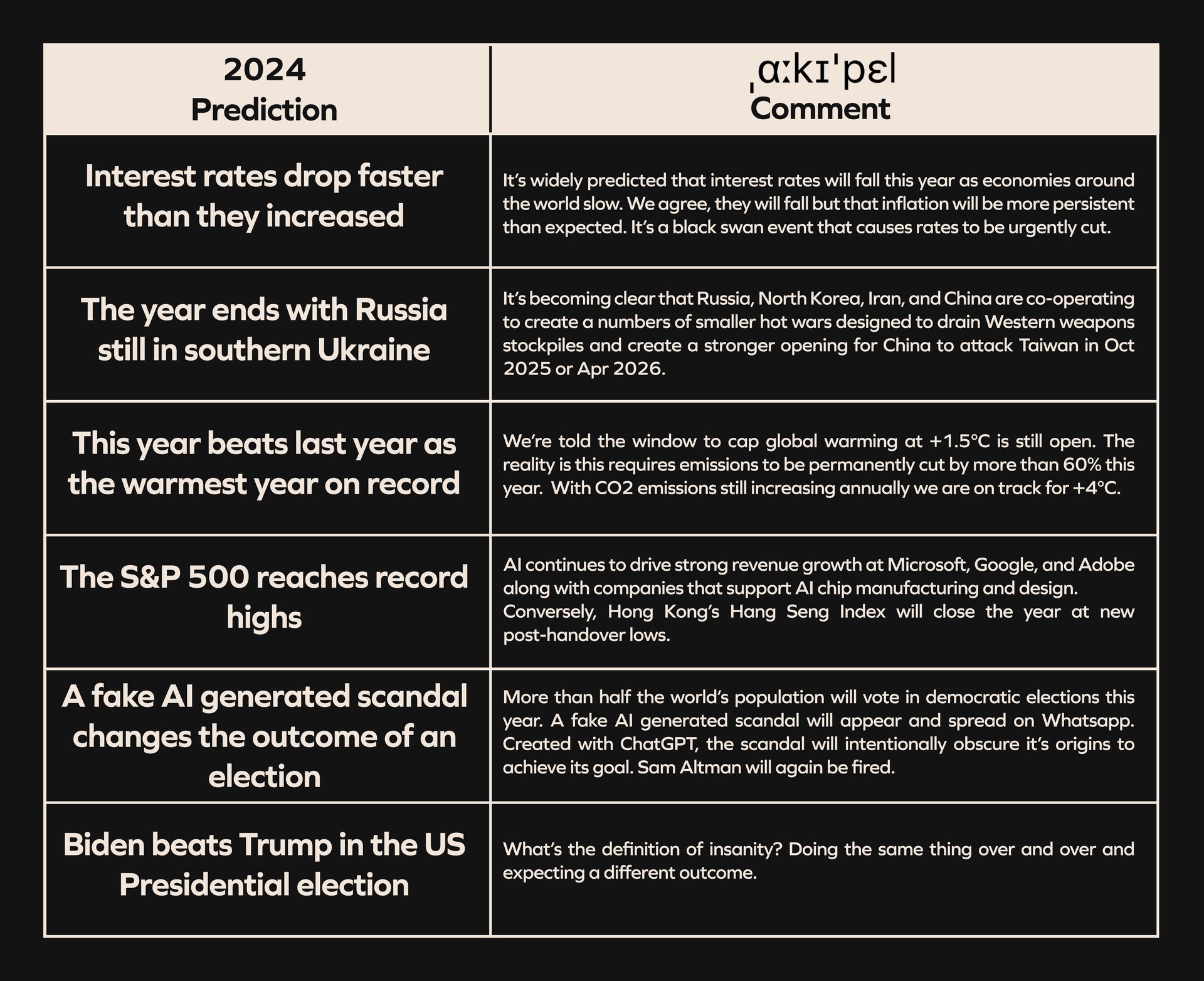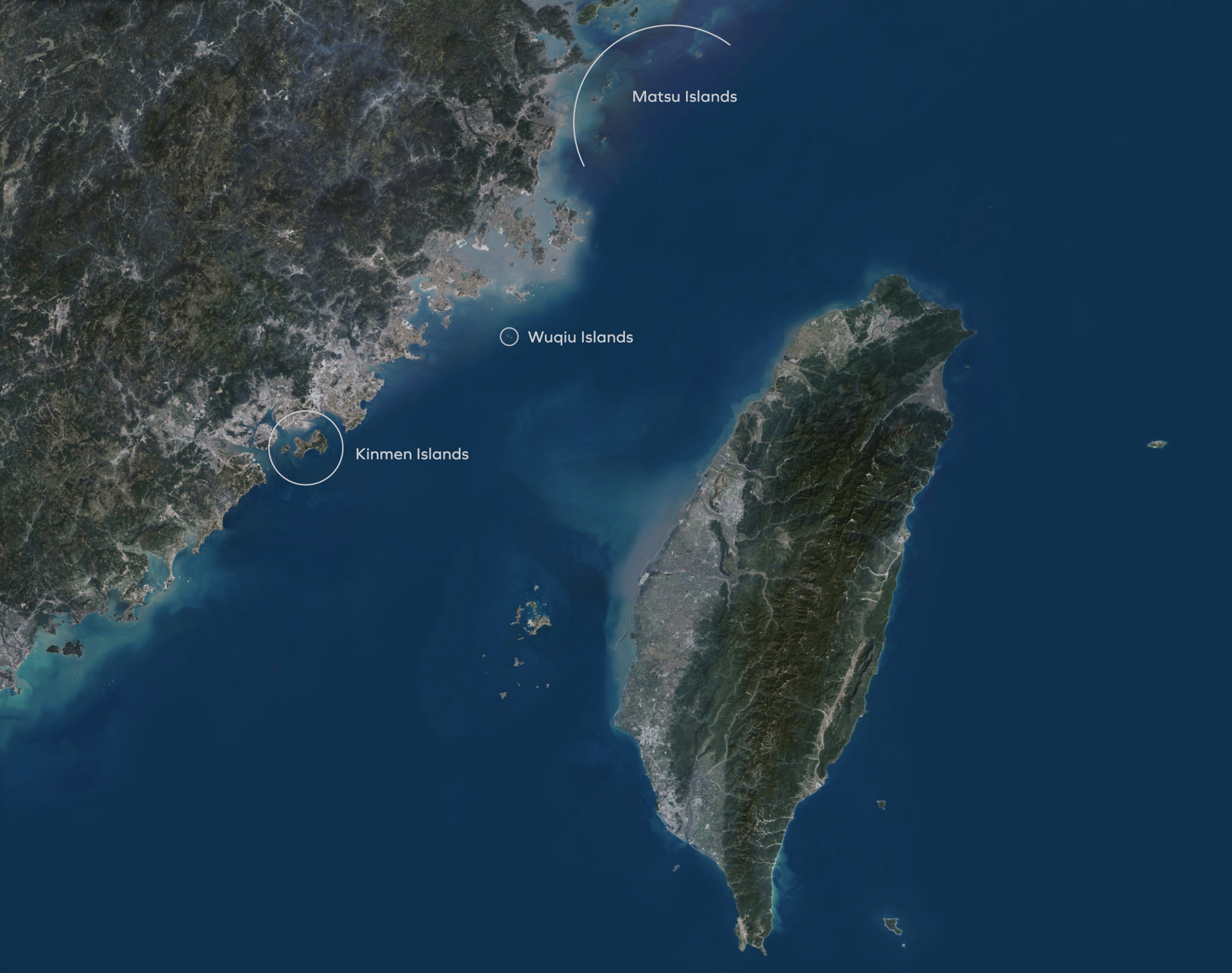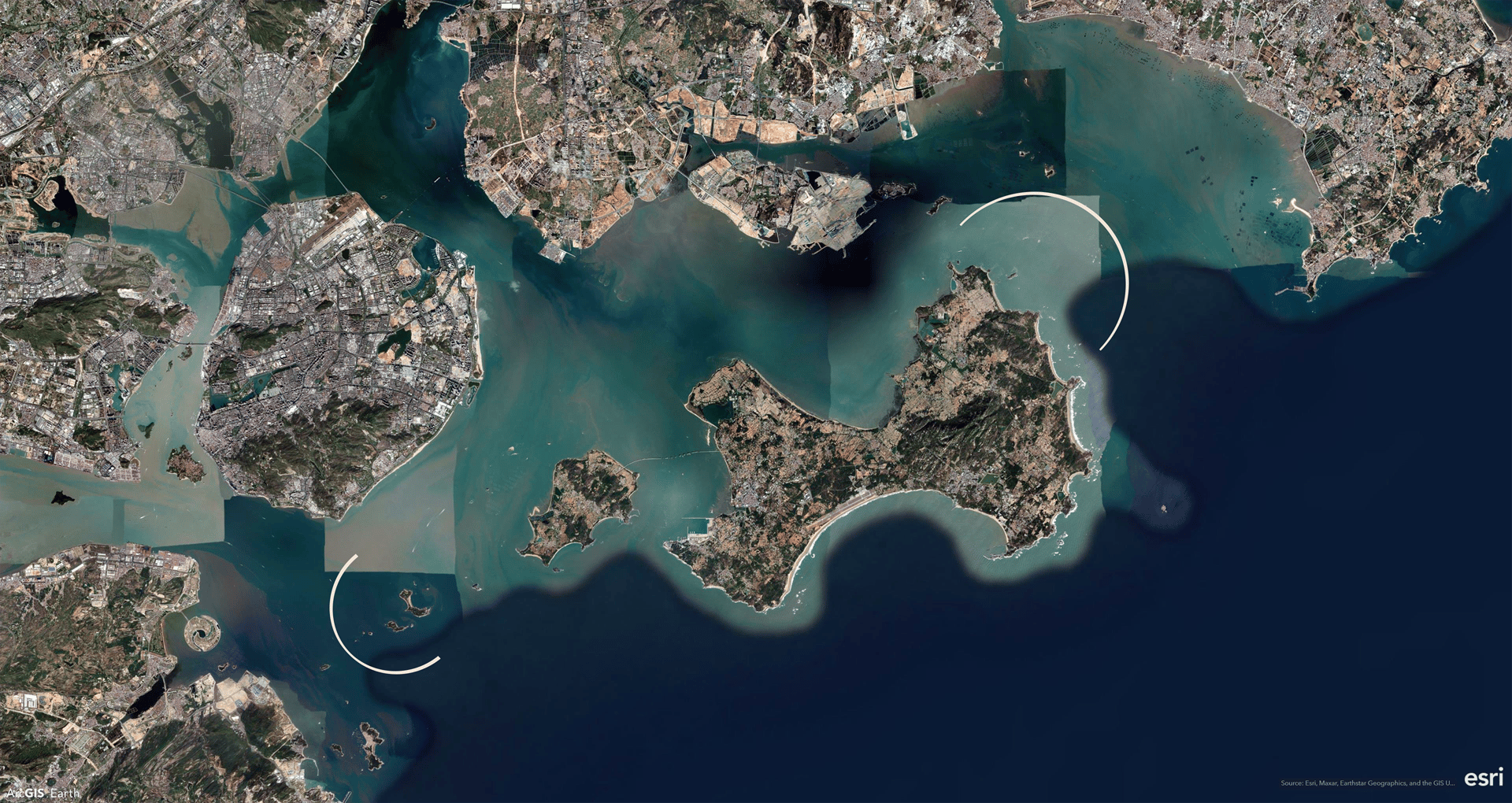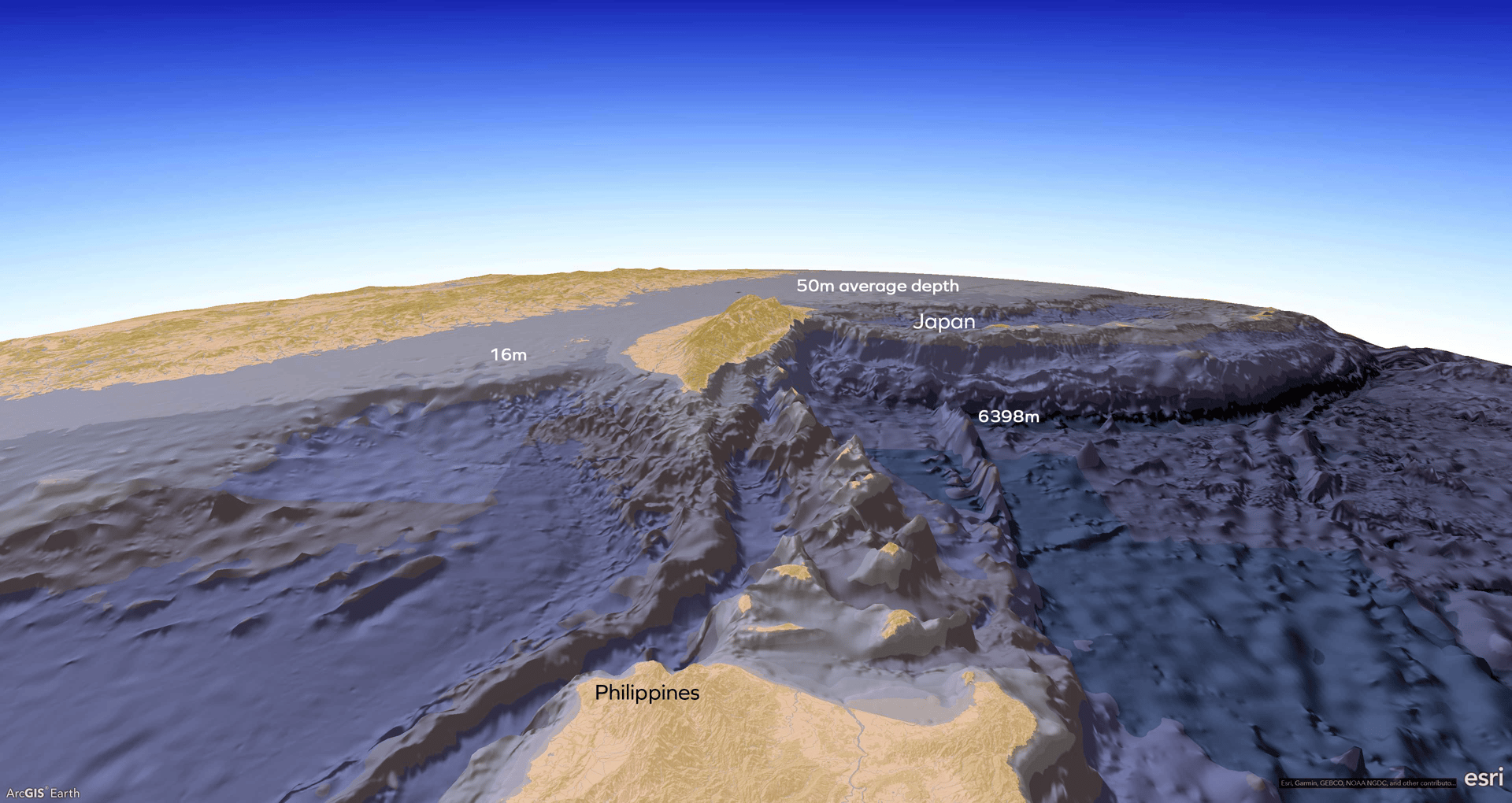Predictions 2024
A footnote to our 2024 predictions
Discussing China and Taiwan
In January 2023, we wrote that China is working towards invading Taiwan in Oct 2025. Just as it did then, republishing it in 2024 has sparked a number of discussions. Many have questioned why we don't see China pursuing alternatives like invading Taiwan's offshore islands or implementing a blockade, or why there's any pressure to do anything at all. These are valid questions, and so we wanted to share our reasoning here.
All of this falls in a wider context that sees a more polarised world, with leaders that were too old to serve in WWII and Korea, and too young for the Gulf Wars and Afghanistan. Russia's success or failure in Ukraine will be pivotal to any moves against Taiwan, but also to future Russian aggression in Europe, potentially at the Suwałki Gap between Poland and Lithuania that separates the Russian exclave of Kaliningrad from Belarus.
The option of capturing an offshore island
Less than 3 km from China's coast, the Kinmen Islands, along with Taiwan's other, slightly more distant offshore islands seem like an easy win for China. Since the formation of the People's Republic of China, they have attempted to capture them before during the 1st and 2nd Straits Crises.
Why not?
- International sanctions against China would be significant and for no real benefit.
- The loss of these islands would likely be insufficient to make Taiwan decide that the best option is to surrender.
- Any aggression towards these islands could leave no doubt about China's intentions. The resulting increase in military support for Taiwan would make 're-unification' in the foreseeable future impossible.




Slightly Off-Topic History
Some of the largest aerial dogfights of the jet age occurred during the Second Taiwan Straits Crisis in September 1958. Armed with the first air-to-air missiles, Taiwan’s US made F-86 Sabres shot down 31 Soviet made Chinese MiG jets for the loss of two in return.
Taiwan's offshore islands are close to China

The Kinmen Islands are really close to China
The option of a naval blockade
The likelihood of a naval blockade rather than an invasion has been popular in the media.
Generally speaking, there are two types of blockades:
- A close blockade, where warships are positioned just outside the blockaded harbours. This is a highly effective approach that requires relatively few warships. The downside is this only works if the country you're blockading can't sink your ships. With thousands of land and air launched anti-ship missiles, Taiwan currently has the ability to ensure this isn't a viable option for China.
- An area blockade, requiring a significantly larger fleet to stop ships offshore. This is potentially doable but difficult due to:
- The proximity of Japan to the north and the Philippines to the south,
- Moving from the shallow waters of the Taiwan Strait into the deep waters of the Pacific would be a popular location for US attack submarines.
The reason we view a blockade as an unlikely is that it passes the timing of a potential hot war to Taiwan and its allies.
Why? Because, at a time of its choosing, Taiwan or the US can send a ship to test the blockade:
- If allowed to pass, then China can pack up and go home as there is no blockade.
- If stopped, then China has committed an act of war, with the navy spread across a wide area and open to attack. From this point it would be difficult to regroup to support a successful invasion.

The most likely option
Considering the limitations of targeting offshore islands and of implementing a blockade, a full-scale invasion becomes the most likely course of action for China. Using the same rationale as Japan's attack on Pearl Harbour, such an invasion would likely be accompanied by pre-emptive strikes against Guam and potentially Okinawa, aimed at delaying a US military response and turning public opinion in the US against defending Taiwan.
- Just as with Pearl Harbour, or more recently with September 11, history suggests that an attack on the United States is unlikely to result in peace.
China's invasion strategy would likely aim for a swift and overwhelming assault on Taiwan's defences and major ports, combined with simultaneous attempts at a decapitation strike against Taiwan's leadership. China has made significant investments in both military and civilian fleets of specialist ships to support this ambitious plan. Their commitment to building these forces and holding regular training exercises suggests a clear intention to use them.
The option of doing nothing
To understand the likelihood of a Taiwan invasion, we look to the past to understand the future. The Taiwan Straits crises of the past exemplify China's long-standing commitment to bring Taiwan under its control. Their inability to succeed in previous attempts was due to:
- Chinese weakness and US strength, and
- the logistical difficulties in crossing 150km of difficult waters while in range of Taiwan's military.
Over the last decade, China has vastly increased the power of its military, and while 2025/2026 is earlier than China wanted, they may see a rapidly strengthening Taiwan (and Japan), combined with Taiwan's ever more important place in a digital world as a signal that the best time is now.
The window of opportunity for China is narrowing
- Taiwan's defences are strengthening with new indigenous missiles, international support, and a strategy that avoids head-to-head confrontation.
- Regional dynamics, such as Japan's rearmament, the Philippines moving closer to the US, and regional pacts further complicate China's plans.
- Ukraine and the Middle East are diverting US attention.
- China may well judge the current US National Security Advisor as overly pre-occupied with avoiding escalation and direct confrontation rather than winning wars.
Final thoughts
This does not mean that war is a certainty.
- Recent corruption cases in the Rocket Force, and the revelation that some new missile silos were filled with water rather than missiles suggests that China will also be taking a close look at its actual capabilities vs the capabilities they have on paper. It is unknows at this point what effect this may have.
- If China sees a Taiwan that is bristling with weapons and allies that are committed to fight, then the status quo will likely continue. To ensure peace we must be ready for war.
Asset Allocation
JP Morgan has published its latest portfolio allocation. Generally JP Morgan stresses that it is hard to know which direction the markets are going to move but they do have high conviction in the following areas
- Overweight USD cash
- Underweight European, UK, and Japanese government bonds
- Underweight European Equity
- Underweight USD high yield bonds
"Lower valuations and higher yields mean that asset markets today offer the best long-term returns in more than a decade.
It took a painful slump in stock and bond markets to get here, the worst of which may not yet be over. Still, the turmoil of 2022 might be considered a cathartic moment, revitalizing the portfolio toolkit and creating attractive investment opportunities in the years ahead.
In the near term, investors face a challenging time, as a recession or at least several quarters of subtrend growth lie immediately ahead."
